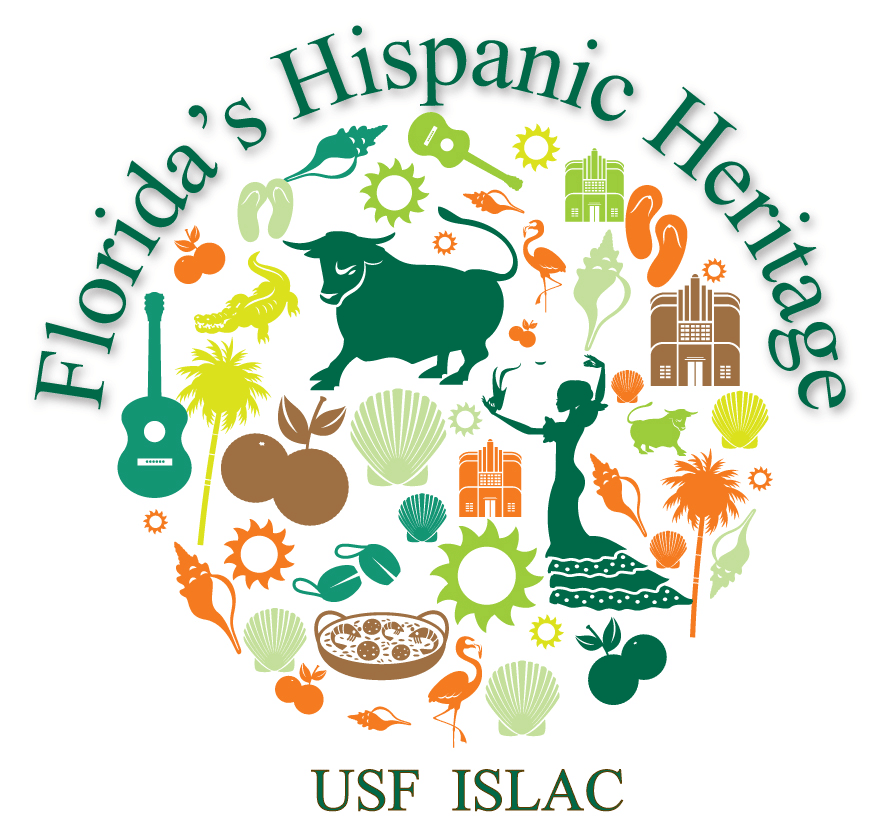Description
Creating mental maps are useful tools for clarifying assumptions and comprehension of a given place. This lesson affords students the opportunity to reflect on their own neighborhood and consider how cultural, social, and economic components influence its composition. They will also learn how early Spanish settlers helped to contribute to the cultural, social, and economic dimensions of Florida.
Rights Information
Handout 1
HO2 - Sensory figure for Hernando.doc (125 kB)
Handout 2
HO3 - Sensory figure for Pedro.doc (125 kB)
Handout 3
HO4 - Map of Colonial Spanish Quarter.docx (282 kB)
Handout 4
HO5 - Rubric for Act it Out .docx (17 kB)
Handout5
Cultural, Social, and Economic Image #1.docx (142 kB)
Image 1
Cultural, Social, and Economic Image #2.docx (115 kB)
Image 2
Cultural, Social, and Economic Image #3.docx (83 kB)
Image 3
Cultural, Social, and Economic Image #4.docx (69 kB)
Image 4
Bio Sketch 1 - Maria.doc (22 kB)
Bio Sketch 1
Bio Sketch 2 - Hernando.doc (22 kB)
Bio Sketch 3 - Pedro.doc (22 kB)
Included in
Bilingual, Multilingual, and Multicultural Education Commons, Junior High, Intermediate, Middle School Education and Teaching Commons, Latin American Languages and Societies Commons, Pre-Elementary, Early Childhood, Kindergarten Teacher Education Commons
Lesson 2: Life in Colonial Florida
Creating mental maps are useful tools for clarifying assumptions and comprehension of a given place. This lesson affords students the opportunity to reflect on their own neighborhood and consider how cultural, social, and economic components influence its composition. They will also learn how early Spanish settlers helped to contribute to the cultural, social, and economic dimensions of Florida.



Comments
NCSS Themes:
Culture
Time, Continuity, and Change
People, Places, and Environments
Florida Next Generation Sunshine State Standards:
SS.2A.1.1 Examine Primary and Secondary sources.
SS.2.A.2.4: Explore ways the daily life of people living in America changed over time.